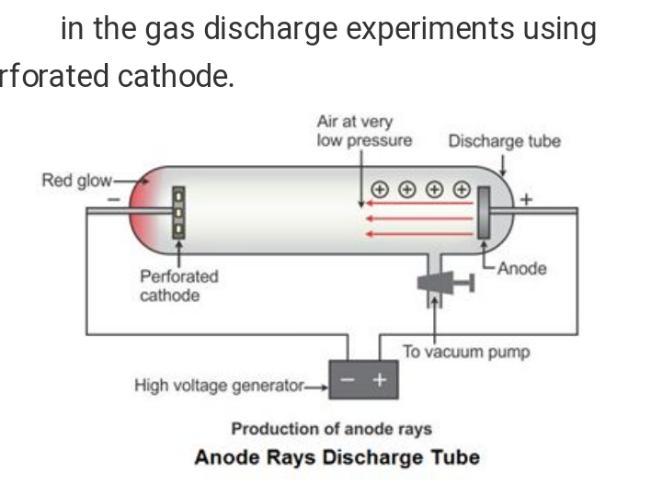A body of mass 100 grams is tied to one end of a string and revolved along a circular path in the horizontal plane. The radius of the circle is 50 cm. If the body revolves with a constant angular speed of 20 rad/s, find the (1) period of revolution (2) linear speed (3) centripetal acceleration of the body.
-
Subject:
Physics -
Author:
kamrenmadden -
Created:
1 year ago
Answers 1
Given data :
• Mass of the body, m = 100 grams
• Radius of the circle, r = 50 cm
• Angular velocity of the body, ω = 20 rad/sec
Solution : Here, first we have to convert the unit of mass and radius into kg and m respectively.
➜ m = 100 grams = (100/1000) kg = 0.1 kg
➜ r = 50 cm = (50/100) m = 0.5 m
Period of revolution : The time taken by a particle performing uniform circular motion to complete one revolution is called the period of revolution.
Now,
The period revolution of the body (T) :
➜ T = 2π/ω = (2 * 22/7)/20 = (44/7)/20 = 44/(7 * 20) = 44/140 = 0.3142 sec
Linear velocity : Linear velocity is simply the velocity of an object in a straight line, whereas angular velocity is how much an object spins, spins, or turns.
Now,
Linear speed (v) :
➜ v = ωr = 20 * 0.5 = 10 m/s
Centripetal acceleration : The acceleration of a particle performing uniform circular motion is directed toward the centre of the circle it is called the centripetal acceleration.
Now,
Centripetal acceleration :
➜ Centripetal acceleration = ω²r = (20)² * 0.5 = 400 * 0.5 = 200 m/s²
Answer : Therefore, the period of revolution of the body is 0.3142 sec and the linear speed of the body is 10 m/s and centripetal acceleration of the body is 200 m/s².
-
Author:
jaden663
-
Rate an answer:
18

